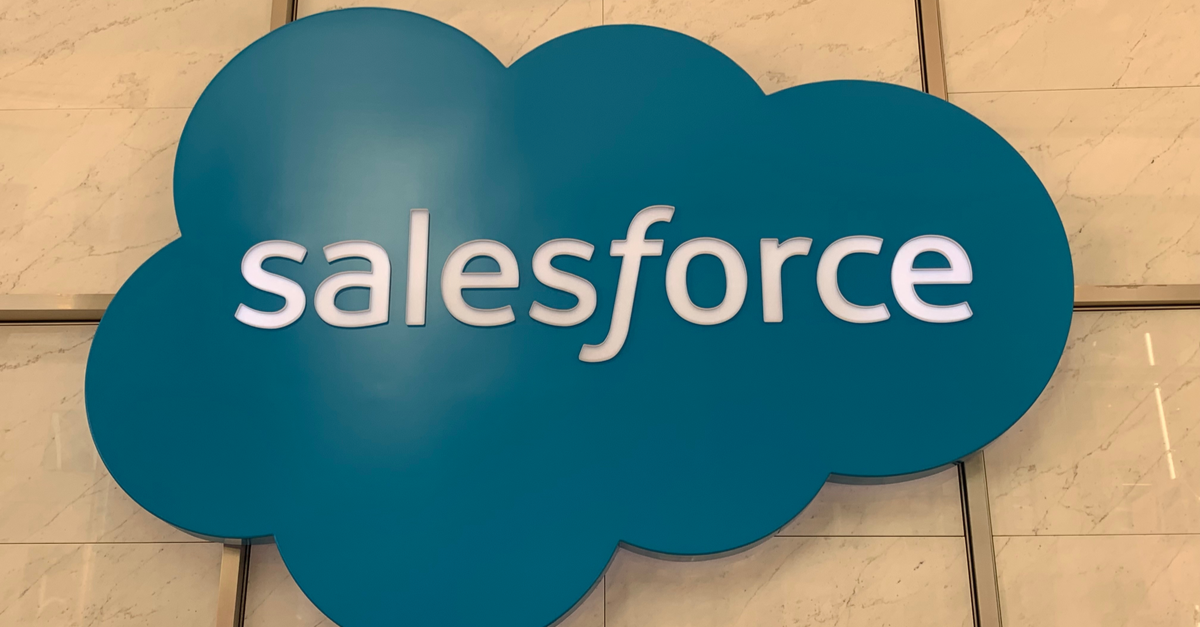5 Issues to Address with Custom Salesforce Training
Increasing Software User Adoption with the Right Employee Training
Many organizations put the investment into a Salesforce platform and await the magic to start! What actually ends up happening however, can be a shocker to leadership and frustrating to management who needs to provide results.
The truth is, like many other new software implementations, a big part of successful integration across users depends on the acceptance to change on part of the employees.
Putting together a strong change management strategy to help with the overall process is critical and provides employees with advance notice and more importantly, the time to adjust to the change.
When considering the areas that you need to cover when planning for your new software training program, here are some common issues that our clients at TrainingFolks continue to deal with. Addressing these in your change management strategy communications as well as within your training material will help to soften the resistance to change that you’re already dealing with or will be dealing with.
(See 4 Ways to Successful Salesforce Training here)
The Software is a Time Suck
A common mindset among employees (especially your sales teams) is that the new software, Salesforce, Workday or any other platform for that matter, is a waste of time. Without clearly understanding how to use the software, employees cannot really see the true value. Furthermore, they may be wasting time putting in the wrong information, doubling up on information entry or missing tools entirely, making the process seem long and drawn out when in fact if done correctly, could be quick, simple and highly beneficial to the team and the company as a whole.
Combating this mindset is a tough one for many managers and for learning leaders who need to create engaging learning that curbs this notion. The problem is that many employees may have already had a poor experience with Salesforce or another technological platform which is jading their acceptance. They may also feel like having to learn and use this new platform will take away from the time they need to do their core job like selling or increasing employee satisfaction levels.
Your training material and more importantly the trainer that you select needs to be aware of this mentality and be able to relate, adapt and improve the negative feelings of employees to the software. Once training can do this, increased user adoption rates will follow.
The Data Makes no Sense
Another common issue especially when dealing with companies looking for custom Salesforce training is that the data that employees are using doesn’t seem to make sense. Now, this is not an issue with Salesforce or the technology instead, it comes down once again to the user, the understanding behind the platform’s tools and the comfort level of the employee when it comes to applying it to their position.
Junk in Junk Out
As with any tool, you’re only going get value out if you put value in. This is another issue that our clients deal with and a topic of focus when our instructional design consultants create training courses. If employees understand what processes the company is using and how to feed the right information into the system to help move those processes along, then the information becomes more valuable. When the information going in is flawed however, no one wants to trust the reporting that Salesforce will generate, and the tool becomes useless.
What Does Salesforce Really Do?
Resistance to change is usually fueled by the fear of the unknown. In the case of new technology software, poor training with regards to how Salesforce works and what it can do for the employee, team and the company basically opens the gateway to resistance. Less so in the case of an upgrade to a new version of Salesforce Lightning versus new the introduction of Salesforce Sales and Service Cloud, never having seen the benefits of the tool can leave employees reluctant to learn about them.
It is important for leadership to get behind the product and become experts as well. This, in turn, will allow them to answer the questions of the rest of the company and show employees that this is an important and valuable tool that everyone took the time to train on.
(See 5 Best Practices for Salesforce User Adoption Training Here)
What’s in It for Me?
Finally, the best way to get new employees to buy into a new software rollout like Salesforce is to incorporate answers to how it will personally help employees, into the training. When building training, using real-life situations that your teams will encounter will help them to see how the tool addresses a real issue.
Your trainer, whether they be in-house or a contract trainer should firstly be an expert in Salesforce. From there, choosing someone that has a similar background to your learners also helps to drive the relationship between tool and role. For example, can your trainer speak to having been in sales, or how does their customer service or sales skills as an independent play a part in how they use Salesforce personally?
Creating the right training based on any of these issue plus tons more is something your training needs assessment will answer. Once you’ve gone through the process to identify where skills or knowledge gaps are, your s will be able to create a more effective training plan. The assessment results will also help guide you to the best modality for your training events and set expectations for goals.
Download your free Training Needs Assessment Toolkit here.
If your organization is currently in need of a custom Salesforce training program, contract trainers or instructional design consultants get in touch with the corporate training team at TrainingFolks today.


